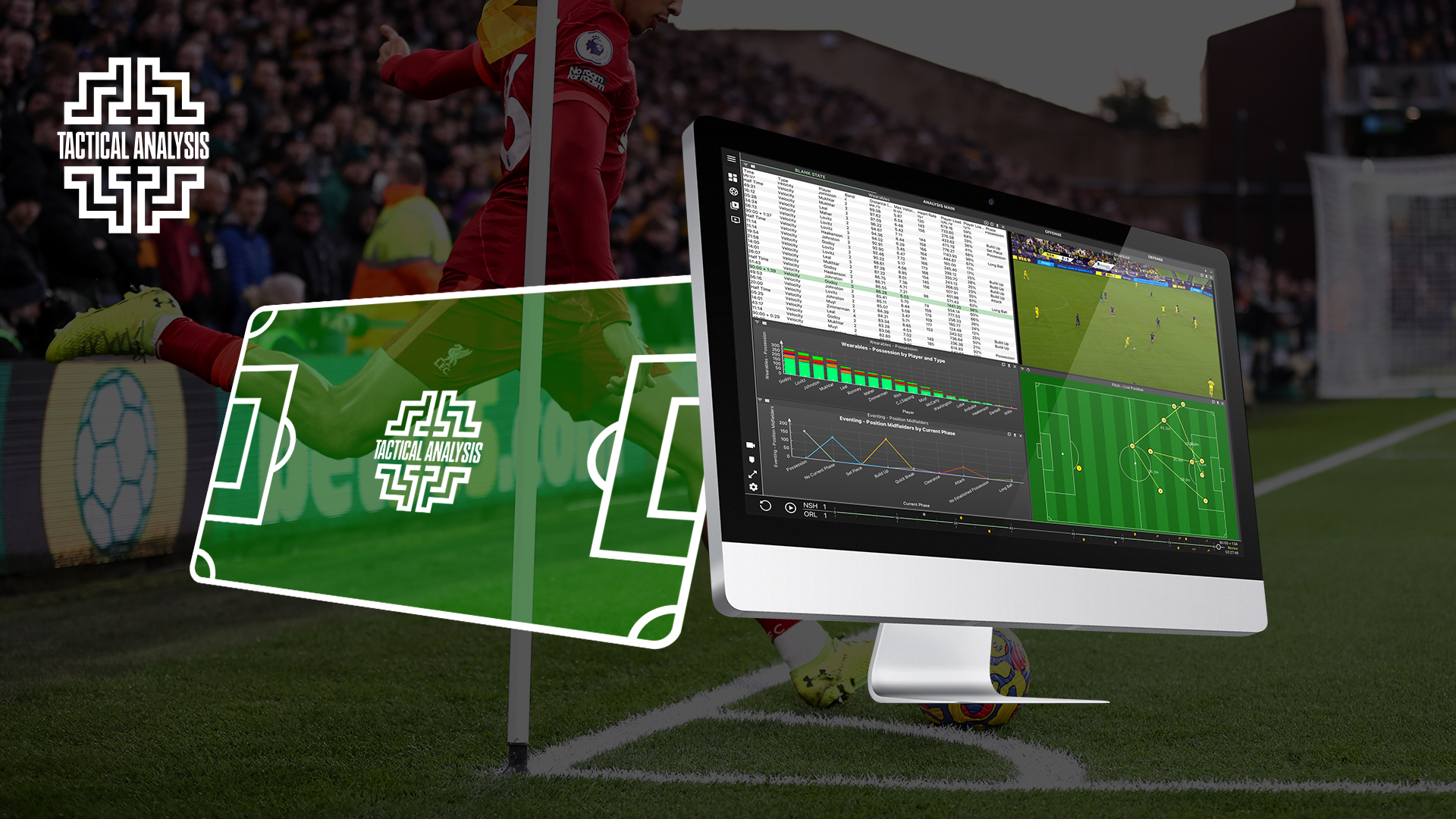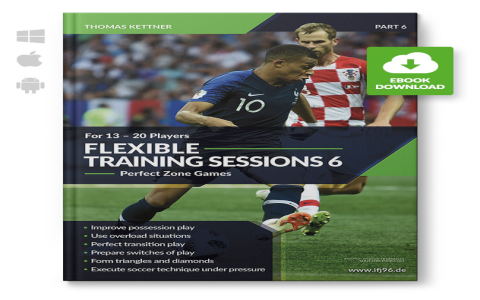Within 90 minutes, twenty-two players author a story of space, speed, and split-second decisions. Football video analysis is the rewind button that lets coaches, players, and fans read that story frame by frame, discovering subplots invisible to the naked eye. From the first VHS tapes exchanged in smoky back rooms to today’s cloud-based, AI-augmented platforms, the discipline has evolved into the sport’s most influential silent assistant.
1. The Anatomy of Modern Footage
Every match delivers a data deluge: 8K panoramic feeds, tactical channel angles, shoulder-mounted player cams, and drone snapshots. Analysts synchronise these streams with event logs—passes, pressures, sprint triggers—creating layered “data cakes” that can be sliced by minute, player, or pitch zone. A single Premier League weekend generates 30 terabytes, enough to fill 6 000 DVDs.
2. Workflow: From Raw Clip to Match-Winning Insight
a) Ingest & Tag
Automated computer-vision models label events (shot, duel, set piece) within 30 seconds of the real-time whistle, freeing humans for contextual nuance.
b) Cluster & Code
Analysts bucket sequences into thematic playlists: “third-man runs versus low block”, “left-side rest-defence transitions”. Colour-coded timelines reveal tactical signatures at a glance.
c) Visualise & Narrate
Heat maps mutate into 3D topograms; Voronoi diagrams illustrate territorial control; augmented-reality telestrations let managers doodle arrows that stick to the pitch on a tablet. The final story is exported as a 180-second hyperlinked presentation the squad can swipe through on the bus home.

3. Performance Analytics: Beyond the Obvious
PlayerLoad metrics synchronise GPS accelerations with video to detect “invisible injuries”—micro-inefficiencies in deceleration that precede hamstring strains by three weeks. Meanwhile, psychological biometrics—eye-tracking, blink rate—quantify decision fatigue, allowing rotation before mistakes manifest on the scoreboard.
4. Opposition Scouting: Turning Spygate into Science
Forget cloak-and-dagger drones; legal access to Wyscout, StatsBomb, and DFL feeds provides 2000 variables per opponent. Machine-learning clusters reveal that Team X presses high for 6.8 minutes after scoring, then drops 8 m deeper. Exploiting this, coaches script “trap-and-split” routines rehearsed on VR headsets until muscle memory forms.
5. Fan Engagement: Second-Screen Revolution
Broadcasters overlay real-time expected-goals bubbles and off-the-ball running lines, turning armchair viewers into pseudo-analysts. Clubs monetise micro-clips on TikTok, 15-second explainer reels that garner 5× the engagement of highlight packages, feeding algorithms and shirt sales alike.
6. Grassroots Democratisation
A parent with an iPhone 15 and free software like LongoMatch can auto-track U-12s, producing radar charts that rival academy reports. Talent ID becomes borderless: a teenager in Nairobi can email annotated footage to a Juventus analyst, who clicks “download” 30 seconds later.
7. Ethics & Future Fault-Lines
Where analysis ends and surveillance begins is blurry. Wearables collect 50 Hz heart-rate data; leagues debate who owns it—player, club, or betting company? Deepfake “ghost games” could fabricate results, forcing federations to adopt blockchain-verified footage signatures. Meanwhile, AI models risk codifying bias: if historical data prizes height, will the 5’6″ playmaker vanish?
8. The Next 5 Years
Expect federated learning models trained on encrypted club data sets—sharing insights without leaking secrets. AR contact lenses will let midfielders see pressing probability clouds in real time, turning live analysis into a 12th man. By 2029, FIFA’s Video Analysis Rules may include an “Analytics Timeout”, a 60-second VAR-style window where coaches can challenge using AI-generated evidence.
Conclusion
Football video analysis is no longer a back-room curiosity; it is the competitive frontier where titles are won, careers extended, and narratives rewritten. The beautiful game never stops—but now, it can be paused, pored over, and perfected one pixel at a time.





































